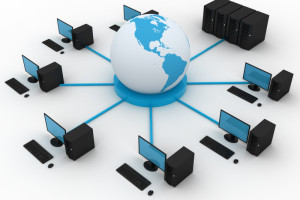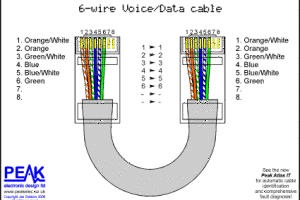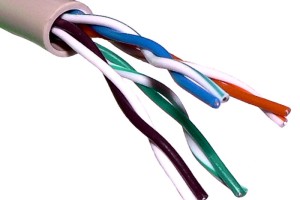Network Cabling — What NOT to Do
Network cabling is a very tricky operation. If you’re not armed with adequate knowledge and training, it’s incredibly easy to make mistakes and unknowingly sabotage your entire system. Even with a solid background, technicians are facing such a wide variety of different technologies, that its easy to have discontent systems or unhappy pairings when installing network cable. Here are some of the most common things network cabling technicians tend to forget.
– Forgetting the Future. Though there is always cost to keep in mind, and CAT5 is obviously one of the cheaper options, when installing cable for a new system, it is almost a hindrance to install anything below the quality of CAT5e. With the speed and memory needs of most applications, and the predictions for the needs of future applications, it just makes sense to go ahead and install cables with options for upgrades. The labor will always be the most expensive part of the installation, so consider CAT5e or CAT6 cabling as a solid option.
– Don’t use Different Cables for Voice and Data. When twisted pair cabling was considered out of most companies’ price range, data was given the expensive cabling, while voice skimped by on the cheaper wires. VoIP has pushed voice into requiring data-level cabling, so this is no longer an option for most installations. Luckily, VoIP has a built-in Ethernet switch that can latch onto almost any already laid data cable, which can decrease the install costs.
– Don’t put Electrical Cables Next to Data Cables. Part of the reason data cables function is the twisted pairs of wires inside that help to produce a magnetic field when a low voltage runs through them. Unfortunately, when this unshielded cabling is laid next to any electrical cabling, all communication is affected by the magnetic field being disrupted. This can affect transmission speed, slowing rates to turtle speed, or it can simply prevent transmissions from making it to their next destination. This generally only happens when the cables are running parallel, so if it’s necessary to lay your cable near power lines, try going at a perpendicular angle.
– Not Laying a New Cable When You Need One. Ethernet switches are a handy little invention, but like all technology, they can be abused. People often add mini-switches when they require a few extra ports. Take caution when using this route as Ehternet switches can cause bottlenecks and instability in even a well-designed network. This is especially true when a service needs a large amount of network resources. So save your self the headache and just run the cable.
– Forgetting Cable Management. Though things like ladder racks add extra cost to an installation, these are things you absolutely need to factor into your overall budget. It will make the installation look better, run better, and be incredibly easier to maintain and update. In addition to using cable management tools, don’t forget to color code or label your cables in a visible and organized manner so that you or another technician can actually find things at a later date.




